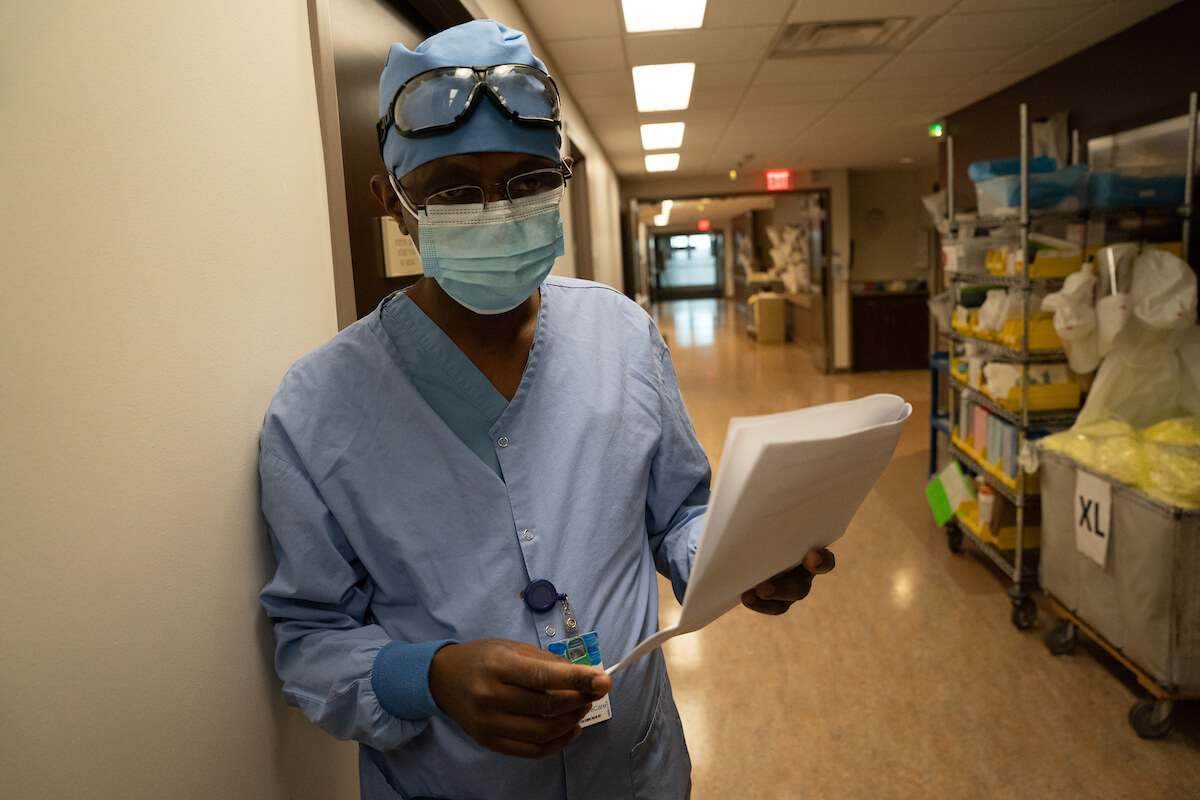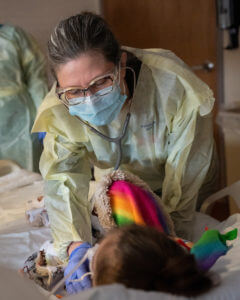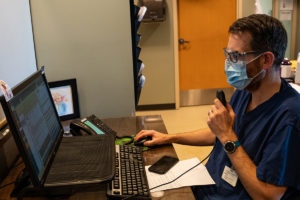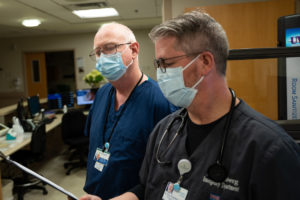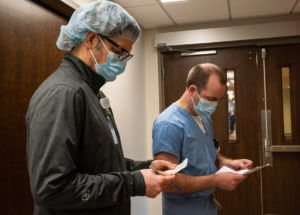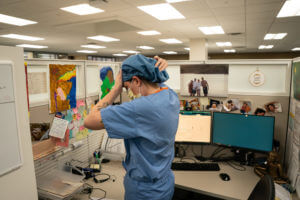What is CDI?
The goal of Clinical Documentation Integrity is to support getting documentation right, with diagnosis details that impact quality metrics and reimbursement.
T
he goal of Clinical Documentation Intregrity (CDI), is to support getting documentation right, with diagnosis details that impact quality metrics and reimbursement (related to inpatient hospitalizations and shared savings payer contracts). We are a system-level priority that aligns the patient story across the care continuum with provider engagement. Our aim is to ease the burden of documentation work as it relates to Evaluation and Management (professional fees) and Medical Necessity (inpatients versus observation).
CDI has two teams. An ambulatory primary care group reporting up through Population Health and an inpatient and specialty care team reporting up through Performance Excellence. Both report up through Clinical Documentation Steering Committee which meets monthl
Generally we aim for transparency of data, education for providers, and tools to do the work as easily as possible. We are always evolving and aim to learn bidirectionally from provider interactions so that we can advocate for your needs.
Our aim is to ease the burden of documentation work as it relates to Evaluation and Management (professional fees) and Medical Necessity (inpatient vs observation).
Some of our key work includes:
- Provider education, to get the low-hanging-fruit right the first time and save rework on the back end. I am sincerely grateful for the invitation to step in front of these groups quarterly for a brief update on service line-specific data and tips on documentation.
- Technical fixes with BPAs (in the ambulatory environment) and diagnosis calculators that prompt you to the right diagnosis specificity.
- Your Support Team: a multidisciplinary approach to this work. Shared knowledge in CDI RNs, CDI Provider Champions, Coding, Compliance and EPIC.
- Technology: We seek to maximize the opportunity with the technology and resources we currently have. We search out new functionality to provide support in risk capture specificity in new tools that include artificial intelligence or natural language processing functionality.
- Queries from RNs with clinical background to share information and perspective when an opportunity is identified. About half of these are related to quality, about half reimbursement. Rest assured, we only query when it’s important! The goal is to be an ally that can offer a virtual tap on a shoulder from a specialist who is fluent in both clinical and coding terminology (similar languages with distinctly different dialects).
- Support for problem list clean up with RNs in the ambulatory environment.
- Multidisciplinary cosign work that allows us to work smarter, not harder, by submitting diagnosis specificity on commonly missed conditions (like malnutrition and wounds) to a provider for review, attestation and cosign.
- Facility Clinical Indicators that serve as common definitions of conditions to aid consistency in education but also support appeals of denials from payers in which they might claim a diagnosis made is not clinically valid (an unfortunately all too-common practice).
- Co-leadership on building standardized notes as tools to do the work.
Big Picture Data and Impact
Mortality index reflects how well a provider captures the condition of patients at the time of death. It is one manner in which outcomes are risk adjusted; lower is better. Your diligence and attention to your patients’ conditions contributed to improvement of publicly reported data.
SCH FY 22 Mortality index 0.93 SCH FY 21 Mortality index 0.92
RMH FY 22 Mortality index 0.83 RMH FY 21 Mortality index 0.93
CAH FY 22 Mortality index 0.76 CAH FY 21 Mortality index 0.60
Case Mix Index (CMI) reflects the diversity, complexity and severity of patient illness treated. CMI is an important indicator of clinical documentation. We continue to expand and educate clinicians and you continue to improve. One reason to work toward accurate and complete diagnosis capture is to ensure reimbursement matches the complexity of the patients for whom we care. Part of how we serve our communities is by making sure reimbursement is commensurate to the cost of care, allowing us to reinvest in the care of our patients.
- SCH FY 22 overall CMI 2.0938 SCH FY 21 overall CMI 2.0388 impact $10.8 million excludes Normal NB
- CAH FY 22 overall CMI 1.2186 CAH FY 21 overall CMI 1.1539; impact $3,065,160.
- RMH FY 22 overall CMI 1.2761 RMH FY 21 overall CMI 1.2641; impact $(-92,309.50)


